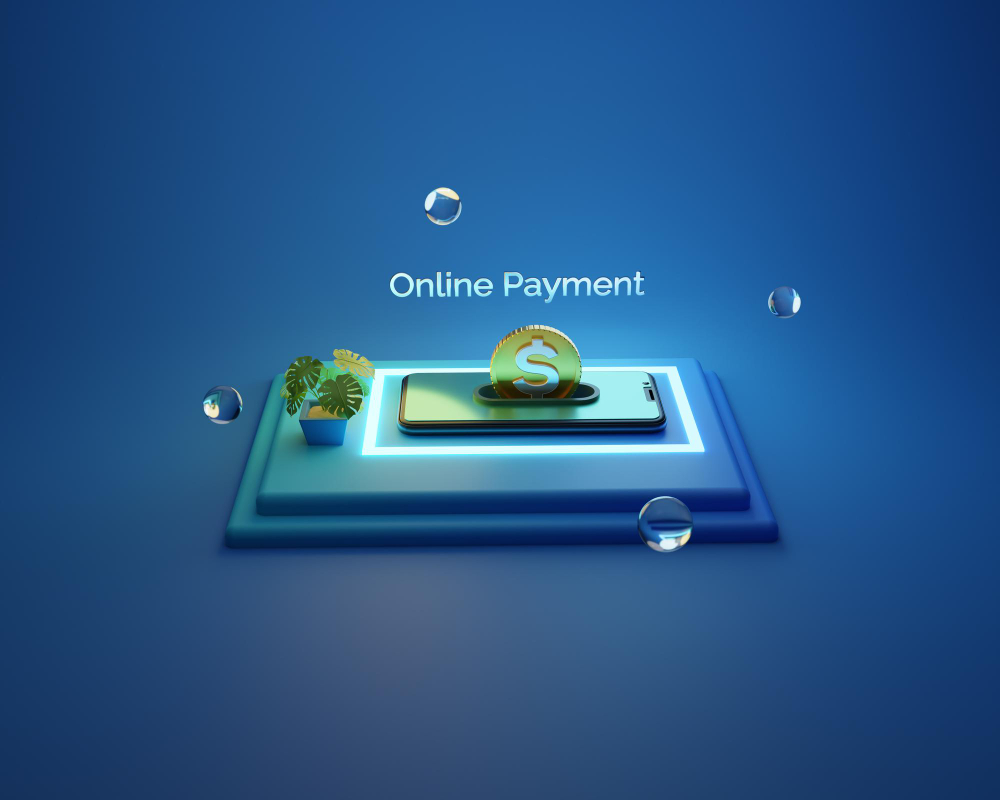The Future of Payments: Navigating Innovation, Security, and Technology in a Digital-First World

The payments landscape is evolving at an unprecedented pace. Contactless transactions, digital wallets, AI-driven fraud detection, and blockchain are revolutionizing financial interactions. For businesses and financial institutions, keeping up with these advancements is not just about adopting new technology—it’s about striking a balance between innovation, security, and seamless customer experiences.
Beyond traditional technological advancements, Virtual Delivery Centers (VDCs) are emerging as a strategic enabler in modern payment ecosystems. These cloud-based platforms provide businesses with on-demand expertise, secure processing capabilities, and scalable solutions to stay ahead in the digital payments revolution.
In this article, we explore the transformation of payments processing, highlighting the rise of digital transactions, security challenges, and the disruptive potential of technologies like AI and blockchain. We also examine how Virtual Delivery Centers are redefining how businesses implement and manage payments infrastructure in a fast-evolving financial world.
The shift from cash and checks to digital payments has accelerated due to technological innovation, e-commerce growth, and shifting consumer expectations. Today, transactions happen instantly—whether through mobile payments, digital wallets, or real-time transfers.
The digital payments journey began with credit and debit cards, which offered convenience and security. However, the true transformation came with mobile payments and digital wallets like Apple Pay, Google Pay, and PayPal. These platforms have turned smartphones into financial hubs, enabling instant payments with a single tap.
The COVID-19 pandemic further fueled digital adoption, as businesses and consumers embraced contactless payments, QR codes, and online transactions. As digital transactions become the default, businesses must adapt to new technologies, customer behaviors, and regulatory landscapes.
Key Trends Driving Digital Payments Growth:
Rise of mobile and wearable payments
Integration of AI for fraud detection
Expansion of cross-border payment solutions
Growth of embedded finance in e-commerce platforms
While digital payments offer convenience and speed, they also introduce new security challenges. Cyberattacks, fraud, and data breaches pose significant risks for businesses, requiring robust security frameworks.
AI and Machine Learning in Fraud Prevention
AI-driven fraud detection is revolutionizing payment security. Unlike traditional rule-based security measures, AI algorithms analyze transaction patterns in real time, detecting anomalies and blocking fraudulent activities before they escalate.
For example, AI-powered fraud detection systems can flag unusual account access attempts, detect unauthorized transactions, and adapt to emerging cyber threats. By continuously learning from new data, these systems significantly improve fraud prevention.
Biometric Authentication: Strengthening Security Without Sacrificing UX
Security solutions must balance protection and user convenience. Biometric authentication—such as fingerprint scans, facial recognition, and voice verification—enhances security while ensuring a frictionless user experience. Many digital wallets and banking apps are integrating biometrics to reduce fraud risk without adding complexity to transactions.
Blockchain is redefining payment processing with its ability to create secure, decentralized, and tamper-proof transaction records. Originally developed for cryptocurrencies, blockchain technology is now being leveraged across various industries to improve security and efficiency in payments.
How Blockchain Enhances Payment Security
Decentralization: Transactions are validated across a distributed network, reducing the risk of fraud and hacking.
Transparency: Every transaction is recorded on an immutable public ledger, ensuring accountability.
Smart Contracts: These self-executing agreements trigger automatic payments when predefined conditions are met, reducing manual processing errors.
Blockchain is being adopted for cross-border payments, remittances, fraud prevention, and digital identity verification, paving the way for a more secure financial ecosystem.
The demand for instant financial transactions is growing. Real-time payments (RTP) are addressing this need, allowing businesses and individuals to transfer money instantly, improving cash flow management and enhancing customer satisfaction.
The Rise of Real-Time Payment Networks
Countries worldwide are investing in real-time payment networks. For instance:
The Clearing House RTP network (U.S.) enables instant transfers for businesses and consumers.
Unified Payments Interface (UPI) in India facilitates seamless peer-to-peer and merchant payments.
Applications of RTP in Business and Finance
E-commerce: Instant payments reduce settlement delays, improving the customer experience.
Payroll Processing: Gig workers and freelancers benefit from real-time wage disbursements.
Bill Payments: Automated, real-time payments ensure timely settlements and reduced processing costs.
Virtual Delivery Centers (VDCs) are emerging as a key driver in modern payment ecosystems. These cloud-based platforms provide businesses with on-demand access to specialized talent, secure payment infrastructure, and scalable technology solutions.
How VDCs Support Digital Payments Transformation:
On-Demand Expertise: Businesses can access fintech specialists without long-term commitments, accelerating innovation.
Scalable Security Solutions: VDCs integrate AI-driven fraud detection and blockchain security protocols.
Cost Efficiency: Virtual teams reduce operational expenses while ensuring high-quality service delivery.
For organizations navigating the complexities of digital payments, VDCs offer a seamless way to deploy, manage, and scale payment solutions without the need for heavy in-house investment.
The future of payments is being shaped by digital innovation, real-time transactions, AI-driven security, and blockchain technology. However, alongside these advancements, businesses must proactively address emerging security threats and operational complexities.
Virtual Delivery Centers (VDCs) are redefining how businesses integrate and manage payment solutions, offering scalable, cost-effective, and secure infrastructures to drive growth in the digital-first era.
By embracing these technologies and leveraging VDCs, businesses can stay ahead in an ever-evolving payments landscape, ensuring they meet consumer expectations while maintaining security and compliance.
Are you ready to future-proof your payments infrastructure? Connect with us to explore how Virtual Delivery Centers and cutting-edge payment solutions can drive your business forward.

For modern telecom enterprises, delivering exceptional QoS is no longer optional—it’s a brand differentiator and a strategic lever for growth. Static provisioning models won’t cut it in a world of hyper-dynamic data usage.